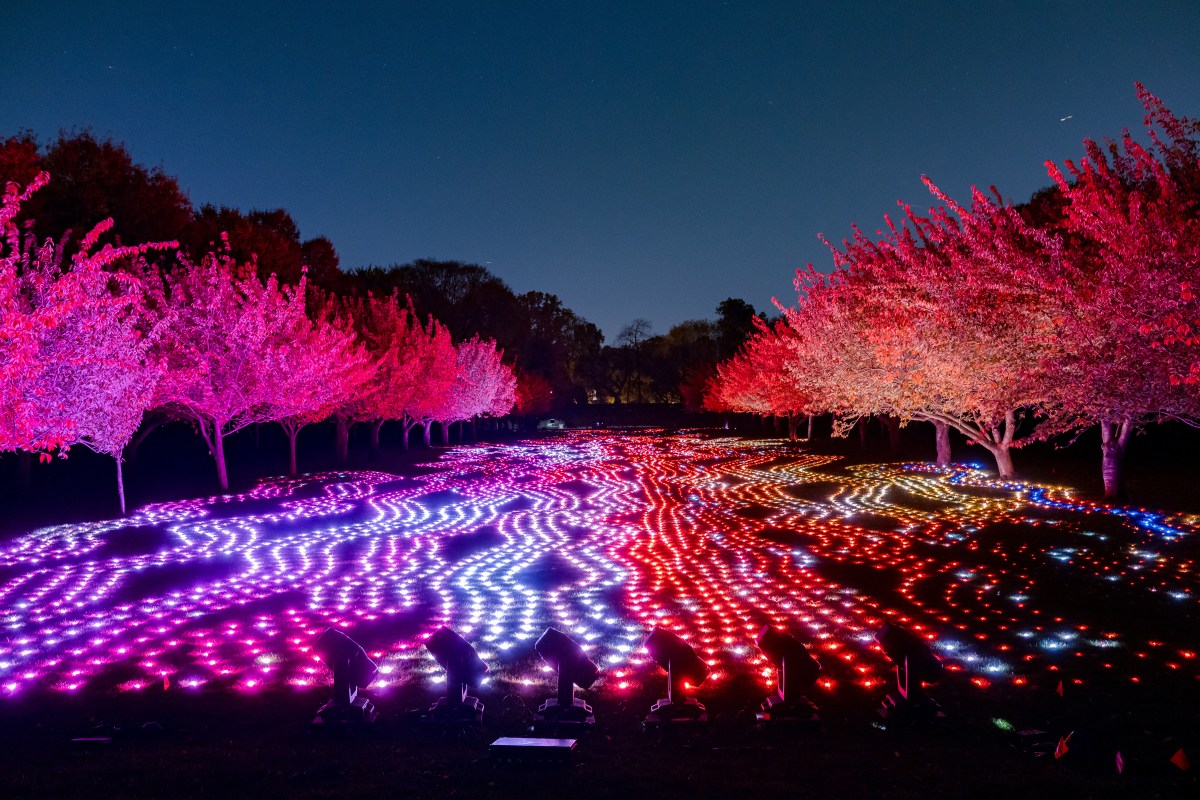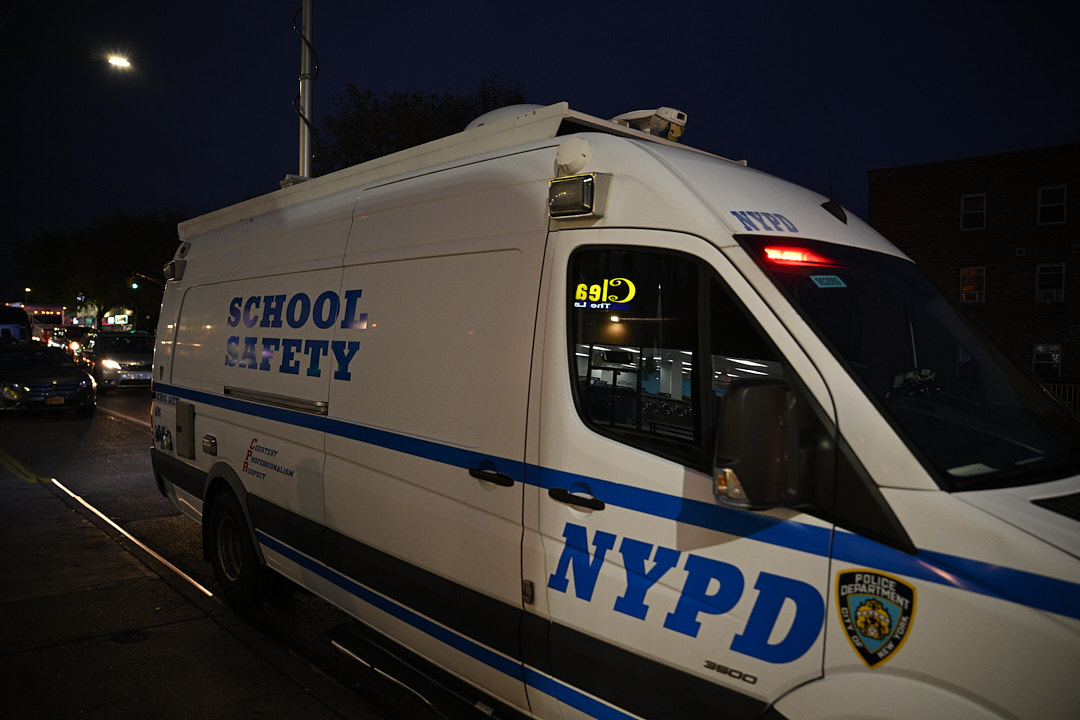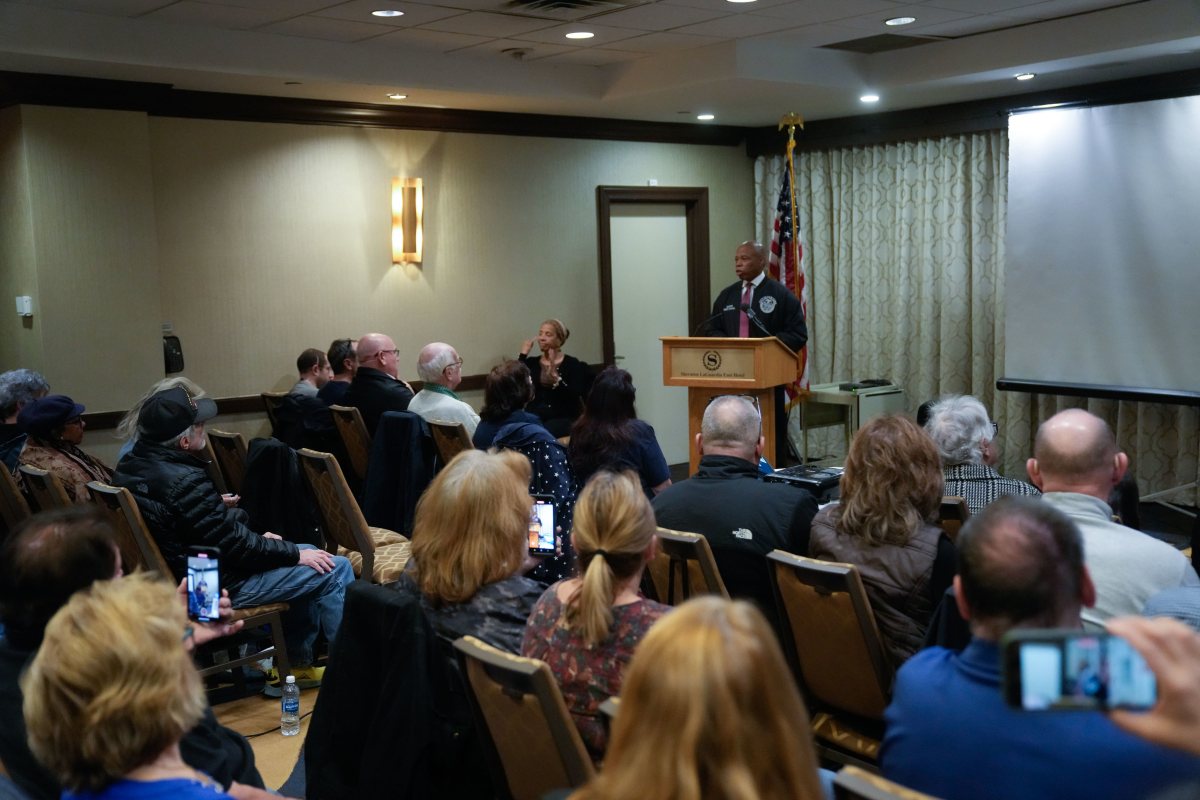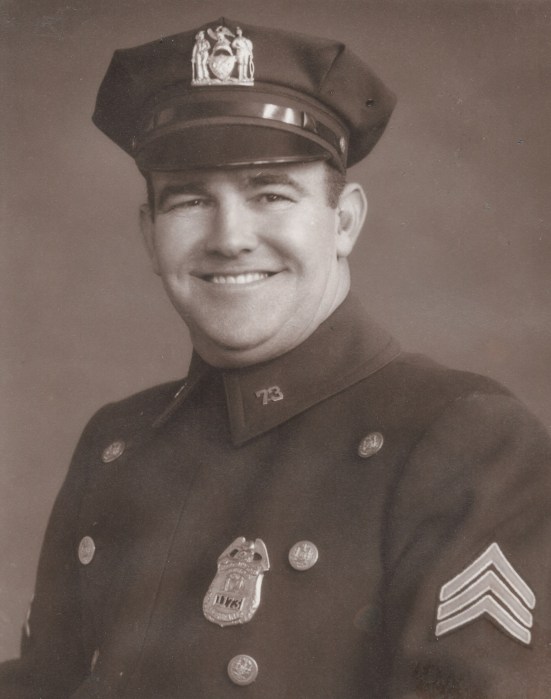
Time to find out if that dinosaur egg you found in Central Park is the real deal.
The American Museum of Natural History is holding its annual Identification Day on Saturday, where scientists evaluate oddly shaped rocks, fossils, bugs and other treasures people collect.
Carl Mehling, a senior museum specialist, never knows what will show up.
One year, a family brought in part of a fossil walrus skull they found on a beach in Virginia during a vacation.

“This kind of thing is extremely rare to find on a beach in North America,” Mehling said, during a preview at the museum on Thursday. “They knew it was important and they donated it to us. It’s very exciting to see something like that.”
Other interesting items include a 3,000-year-old hand axe discovered in a Staten Island backyard and a 72-million-year-old shark tooth from New Jersey.
For the first time, the museum may create a temporary public display for some of the items that come in on Saturday.
However, Mehling said the primary goal of Identification Day is education.
“This allows them to get more excited about natural history and actually be part of it,” he said. “Instead of just seeing exhibits, they can interact with us and learn, hands on, exactly how we identify things.”
But for every fossilized walrus skull and ancient shark tooth, there are plenty of ordinary objects that people hope are extraordinary.
“We get wishful thinking,” said Mehling. “A rock that is kind of round might look like a dinosaur egg to the untrained eye.”
In those cases, Mehling breaks the news and then gently refers them to the rock and mineral table.
That’s where visitors will find Keiji Hammond, a museum specialist in ores and mineral deposits, and Saebyul Choe, a museum specialist in petrology.
“Little kids bring rocks from the park and we help them identify them,” Choe said. “They are usually schist. We do have people coming in thinking they have meteorites.”
Hammond said people should refrain from lugging in their entire rock collections.
“Bring in the ones that look very special,” he said.
The museum asks enthusiastic treasure hunters to follow a few rules. Fossils, insects, plants, rocks, shells and anthropological artifacts are welcome. But leave your gemstones at home. The museum also asks people not to bring any live or recently deceased animals.


































